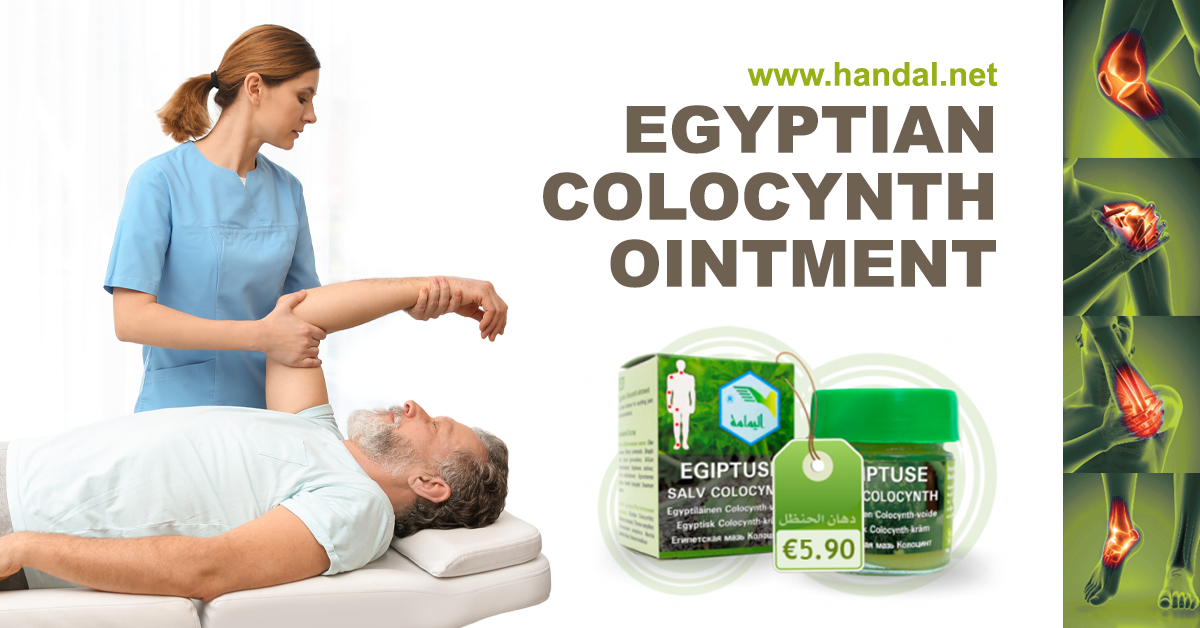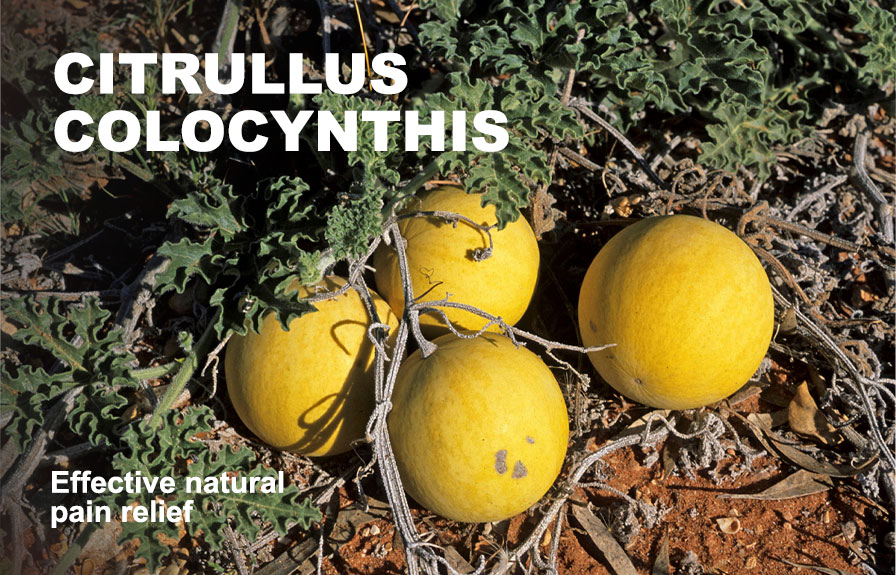Sastāvs
Herbal oils
The olive tree (Olea europaea) can grow to be 2000 years old.
The olive tree has a dignified history – it is mentioned in the Bible and was known and held in great esteem by ancient Egyptians, Hebrews and Greeks. Currently, olive trees are mainly grown in countries bordering the Mediterranean.
The oil pressed from olives is used in food and for producing soap, ointments, etc.
The common myrtle (Myrtus communis) is an evergreen bush originating from the Mediterranean region. Its small shining green leaves have a pleasant smell. The plant contains essential oil which is used for the production of myrtle oil. Myrtle oil has an antiseptic, antiphlogistic and calming effect.
White mustard (Sinapis alba) is an herb with a coarse, 30–60-centimeter-high upright stalk, scabrous leaves, and yellow flowers. It is cultivated for its oil in Central Europe. The essential mustard oil distilled from its seeds is used for treating inflammatory diseases.
Celery (Apium graveolens) is a European biennial plant that is grown and used almost as much as parsley. Celery seeds have a 2–3% essential oil content.
The pearl onion or leek (Allium ampeloprasum) is a plant that is 30–80 cm high, has broad linear flat leaves and reddish or violet flowers, and grows hazelnut-sized white or silver-coloured bulbs in the ground. It is mainly grown in Western Europe as a gourmet vegetable.
The radish (Raphanus sativus) is a cultivated plant with a thickened root and belongs to the Brassicaceae family. Two varieties are also cultivated: black radish (var. niger) and radish (var. radicula). The black radish contains more essential oils than the radish.
Common flax (Linum usitatissimum) is an old cultivated plant. Flax seed is used as a valuable remedy. Cold pressed flax seed oil plays a significant role in preventing cardiovascular and heart disease. In folk medicine, gruel made from smashed flax seeds used to be applied to inflammations and boils.
The common corncockle (Agrostemma githago) is a plant that grows to a height of 30–80 cm, has soft trichomes on its leaves and stem as well as beautiful pink flowers with a diameter of 2–4 cm. Its seeds are poisonous.
The peanut (Arachis hypogaea) originates from Peru. Grows in tropical and subtropical climates. Is an important food and provides valuable oil that is used in the food industry.
The sesame (Sesamum indicum) is a grassy annual plant that grows to a height of 1–3 metres and is cultivated for its seeds that provide valuable oil. Sesame oil is used in making the best canned food and margarine and also instead of olive oil in salads and baked goods. Furthermore, sesame oil is used in medicine.
The sesame (Sesamum indicum) is a grassy annual plant that grows to a height of 1–3 metres and is cultivated for its seeds that provide valuable oil. Sesame oil is used in making the best canned food and margarine and also instead of olive oil in salads and baked goods. Furthermore, sesame oil is used in medicine.

Herbal extracts
The bitter apple (Citrullus colocynthis) has been known to us ever since the biblical times. It grows in arid environments neighbouring the Mediterranean as well as in South-West Asia. The bitter orange-sized fruits with a hard peel are used as an herbal remedy. Bedouins use slices of bitter apple soaked in hot water to treat aches. Burning oil is made from the seeds of the plant.
Marjoram (Majorana hortensis) is a perennial herb in its native Africa. In Estonian gardens, marjoram is an annual herb that grows to a height of 30–50 cm and has oval, pannose leaves.
Marjoram is used as seasoning in many meat and vegetable dishes in both its fresh and dried form. Marjoram is an irreplaceable ingredient in meat, fish and canned food industries. It is also used in making soft drinks and liqueurs. Marjoram is a good honey plant.
The herb is used as a remedy that improves digestion and has a disinfecting and antiseptic effect. Marjoram tea decreases blood pressure, relieves pain, strengthens the nervous system and functions as a diuretic.
The essential oil made from marjoram is used in aromatherapy for relieving muscle tension and alleviating pain.
Wild thyme (Thymus serpyllum) is a perennial subshrub with prostate stems up to 10 cm long. Its small linear or lanceolate leaves are 2–3 cm wide. Its purple clusters are gathered in a star-shaped cluster. Wild thyme blooms from June to August.
It grows in sandy areas – moors, empty sandy meadows, on sand beneath pine forests, on roadsides and embankments, in juniper shrubs, and on islets. It is also grown in rockeries for its qualities as a surface covering plant.
Wild thyme is an old remedy. It helps with expectoration, disinfects, stimulates urine excretion, prevents spasms and has a soothing effect. A decoction of the herb is used on wounds, swelled areas and boils as well as for rinsing one’s mouth due to its antiseptic properties. Wild thyme baths help against neurological diseases, radiculitis, rheumatism, skin rahes as well as joint and muscle illnesses.
The camphor tree or camphor laurel (Cinnamomum camphora) is an evergreen decorative tree that grows fast and reaches heights of up to 50 m. It grows naturally in Southern China, Southern Japan and Taiwan, but is also cultivated in Eastern African and Sri Lanka. Essential oil is produced both from its leaves and the wood. Camphor stimulates blood circulation and breathing, in addition to animating the central nervous system.
Peppermint (Mentha piperita) belongs to the mint family. In Estonia, two varieties of peppermint are usually cultivated – white and black peppermint. The leaves and stem of the white peppermint are green, while the stem of the black peppermint is dark violet and its leaves are dark green.
Peppermint is widely used as a flavouring in cooking, in the production of soft drinks and alcoholic drinks, and in manufacturing cosmetics and toothpaste.
The herb is used as a remedy against stomach aches and diarrhoea as well as inflammations of the gallbladder and liver. Peppermint tea is a good transquillising agent in case of nervousness and insomnia. Peppermint has a pain relieving effect (even when applied externally) and cures wounds due to its antiseptic properties.
Rose (Rosa). Many species and sorts of roses are used for producing rose oil. The most common sources of the oil are the damask rose (Rosa damascene) and the musk rose (Rosa moschata).
Sweet basil (Ocimum basilicum) reached Europe from the Orient already in the 16th century and has adapted very well to the local climate. There are very many species and sorts of basil – it might have large or small leaves, it might be dark or light green or violet, it might taste like lemon or cinnamon.
Basil is the most widely used flavouring agent in both meat and vegetable dishes. It is known as northern laurel.
As a curative agent, basil herb functions as a substance that improves digestion and increases appetite. Basil is used to alleviate constipation and vomiting, nerve-related headaches, and cure renal and cystic illnesses. Basil has an antiseptic, expectoration relieving, calming and spasm alleviating effect.










